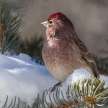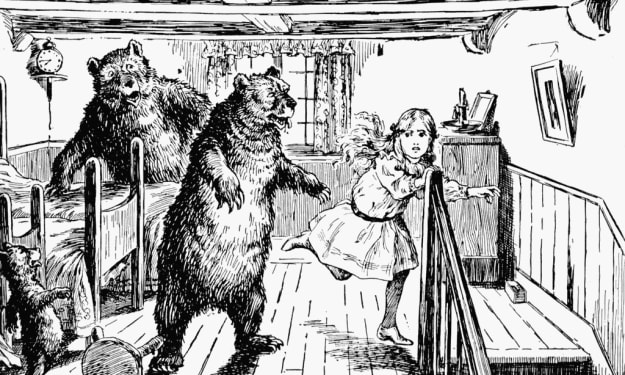
The Tinamus guttatus (white-throated tinamou) is an endangered genus of birds in the Brazilian Amazon rainforest, northern Bolivia, southeastern Colombia, northeastern Ecuador, eastern Peru and southern Venezuela. The scientific name for the white- tinamou, Tinamus guttatus, originates from two different languages. The tinamou was given the name Tinamus by the people of Kalina. In Latin Guttatus means "speckled." It may be referring to a white-throated tinamou with yellowish-white marks on the lower back. Both tinamous are members of the family Tinamidae and the infra-class Palaeognathae. Tinamous are their group's only members who aren't ratites, they can even float, but poorly. All paleognaths originated from ancient flying birds, and tinamous are the closest surviving relative to these birds. The white-throated tinamou is a member of the Tinamus family, which consists of some of the bigger tinamous, with white-throated tinamou being the smallest one of the group. This was first described by Austrian ornithologist August von Pelzeln in 1863. It is a monotypical genus, so it doesn't split into subspecies. The white-throated tinamou has chestnut-brown upper parts on the lower back with blackish bands, and small yellowish-white patches. It has more white underparts and larger, dark barring on the flanks. This has a black head and neck, with a white throat, brown eye, and brown tail. These birds vary in length from 32 to 36 cm. The Tinamou with white throats is mostly brown. The upper parts are darker brown with white markings, particularly on the tail rump. It has a dusky nose, a white throat and a brown back with a dusky-speck. White-throated Tinamou may be confused with some of the other Amazonian tinamous, but these two tinamous favours are supposed to clash more with the Terra Firme region's popular Variegated Tinamou. Any other species of the Amazonian Tinamous prefer the Varzea, floodplain, and second growth trees. The White-throated Tinamou is rare in the Amazonian lowlands and usually confined to the Terra Firme region. The white-throated tinamou eats fruit from the ground or low-lying plants, as well as invertebrates, flower buds, delicate leaves, berries, and seeds, unlike other tinamous. The male incubates the eggs from as many as four different females, then lifts them up so they can be independent, usually two to three weeks apart. The nest is on the ground in dense scrub, between elevated root buttresses. We inhabit lowland forests in subtropical and tropical areas at or below 500 m above sea level. They eat invertebrates, nuts, fruits, and. It is a relatively common species in its habitat and the main threat to it is deforestation. The white-throated tinamou's status as of 2012 is Near Endangered and it has an occurrence area of 4,000,000 sq km. His eggs are objects that are coveted by other collectors. White-throated Tinamou, the smallest member of the genus, is distinguished by his loudest voice, a generally disyllabic melancholic one. Moreover, the white throat, which defines the genus ' English name, is shared by many other members of the greater tinamous, and the White-throated Tinamou may better be differentiated from the congeneric by the distinct buff colouring on the wing covers and tail. For some areas the plant is one of the most widespread in its genus. This tinamou occurs in much of Amazonia, from southern Venezuela and southeastern Colombia to southeast Peru and northern Bolivia, and although mostly confined to lowland terra firme forests, it grows to 1100 m in Peru. Its biology is not well known like most tinamous species but it lays 5–6 eggs and mainly feeds on seeds with at least some small animal prey also reported. This species is endangered within its range by increasing deforestation, and is also vulnerable to poaching. This was then uplisted into Next Threatened.
About the Creator
MB
I am a bird aficionado and really enjoy spotting them them on hikes. I greatly appreciate the variety of birds cross North America and the world. They are amazing and intelligent creatures, each so unique and with a wonderful life.






Comments
There are no comments for this story
Be the first to respond and start the conversation.